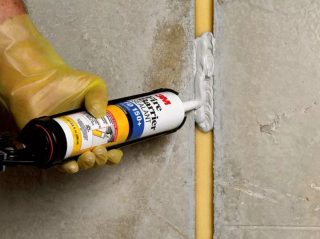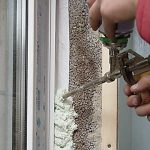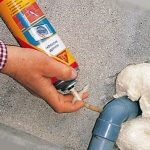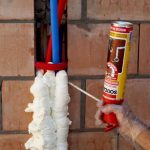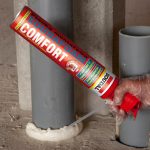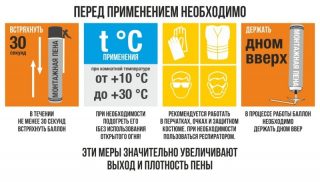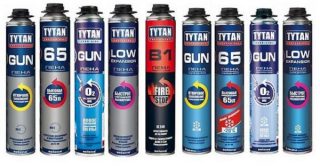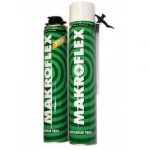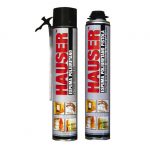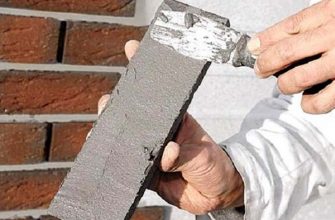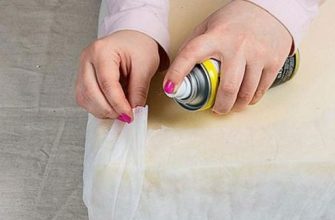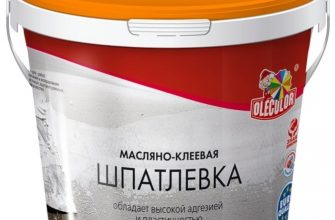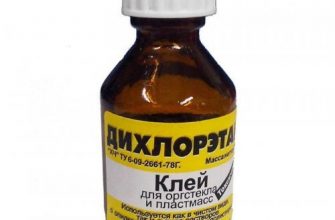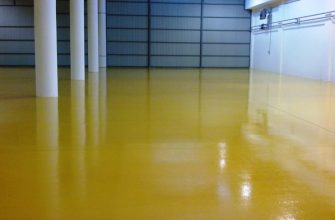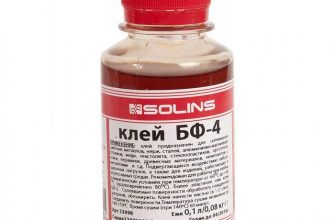Polyurethane foam compositions in cylinders are widely used for sealing joints and cracks, sealing window frames, soundproofing doors. The material is easy to apply and does not allow drafts and cold to penetrate into the room. You need to figure out if the foam is suitable for waterproofing.
Features of polyurethane foam
Not all foam is suitable for waterproofing, but only its waterproof versions. Most polyurethane formulations are hygroscopic due to the abundance of bubbles. In a bathroom, a damp basement and similar rooms, such a sealant will quickly deteriorate.
Waterproof polyurethane foam differs in the peculiarities of the texture: only about 10% of the bubbles open in it. Due to this, the material almost does not absorb water and may well be used for waterproofing work in damp rooms.
Polyurethane compounds used for a wide range of works:
- filling up all sorts of cracks and cracks (between the bathroom and the wall, in the bathroom, boat, etc.);
- insulation of premises;
- sound insulation (for example, doors);
- filling voids around heating and plumbing pipes;
- sealing gaps in door and window frames;
- sealing and insulation of the roof;
- as a base on which the wall panels are planted.

Varieties of materials
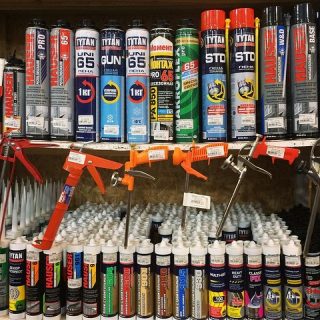
There are foams on sale that differ in properties, method of application and other characteristics. Before buying, you need to study the properties of the product and assess how they meet the conditions of work.
- By appointment: household and professional.
- Flammability class - this parameter is especially important if polyurethane foam is purchased for wood or other material prone to fire. B1 - fire-resistant category, B2 - self-extinguishing, B3 - flammable.
- By composition: one- and two-component. The second category requires the interaction of the two mixtures to solidify.These products set quickly (in 5-10 minutes), so they should be applied immediately after mixing. One-component formulations harden when exposed to moisture in the air. For faster solidification of such a product, you can moisten the surface to be treated with water, especially if the work is carried out in hot weather.
- By temperature rangein which the foam retains its performance characteristics. Winter formulations are suitable for conditions when the thermometer drops below zero (the lower limit is different for different products, you can find it out from the description on the package). Summer foams are used at temperatures above +10 degrees, all-season foams can be used both in warm and cool weather. After the expiration date, any sealant should not be used.
Household foams always belong to the one-component category. The cylinders have a small volume and are equipped with thin tubes through which the composition is squeezed out. This format is suitable for filling and sealing gaps. After squeezing out, such foam greatly increases in size, so it has to be cut off after drying or applied in portions, carefully monitoring the increase in volume.
Professional compounds are intended for insulation, sound insulation and other large-scale works, but can also be used to seal cracks. The cylinders are designed to fit into a pistol. The expansion of the mass takes place in its nozzle, and not in the open air. Therefore, after installation, the foam practically does not change in size.
What to consider when choosing

The most important thing for waterproofing is ability of a product to act as a barrier to water... If the material is permeable to moisture, it is not suitable for these purposes. Also, attention should be paid to the following characteristics:
- the severity of the primary and secondary expansion of the composition (a significant parameter for the accurate filling of cavities);
- volume of material output;
- fire resistance;
- temperature values at which repair and operation of this foam is possible.
The speed of drying is also important. It is recommended that you read the manufacturer's instructions for installation, in particular how to remove excess material.
How to use polyurethane foam correctly
Before applying the sealant, you need to protect skin from possible hit by wearing closed clothing. A respirator, goggles and gloves are also being prepared.
Purified the surface must be degreasedto improve grip. Then the surface is moistened.
If the work is carried out in a cold room, the foam should be heated a little (the recommended temperature is indicated on the packaging). This can be done by placing the balloon in warm (20-25 degrees) water. Another option is to keep it for several hours in a heated room.
In no case should you use a water bath and elevated temperatures in general, otherwise the bottle may explode.
Shake the cylinder before starting work. Then the cap is removed from it and the tube is installed (or the bottle is placed in a pistol, depending on the type of composition).
During operation, the cylinder is held upside down... This is important, as otherwise the gaseous part of the contents will come out first, and the liquid foam will remain in the bottle. The substance should be directed at right angles to the surface to be treated.

If splashes have stained adjacent surfaces, can not be removed with water or a wet cloth... Trying to do this will only accelerate the expansion of the foam and its setting. For the procedure use acetone or special solvents... Surplus is cut off 8 hours after application.
Some sealants cannot be cut. In this case, it is important to especially carefully monitor the amount of foam squeezed out.
Frozen the surface can be paintedto protect it from ultraviolet radiation.
Manufacturers rating
- A wide range of waterproof polyurethane foams are produced by a Polish company Tytan... Among them there are summer and winter, professional and household options. They are also well suited for heat and sound insulation work. Some products contain antibacterial components that prevent mold and mildew from contamination of surfaces.
- Company Hauser produces all-season foams that can withstand extreme frosts (down to -50 degrees). However, it is impossible to work with them in such conditions: during installation and during the day after that, the air temperature should not fall below -10 degrees. After hardening, the foam can be trimmed, plastered, painted. She grabs quickly - within 5-10 minutes.
- Makroflex Is an Estonian brand that produces a wide range of waterproof foams in cans of different sizes: with a tube and under a gun, for winter and summer. Before opening, the bottle can be stored for a year from the date of manufacture. Professional formulations are resistant to atmospheric precipitation. They can be painted and plastered without a primer.
- Belgian firm Soudal produces waterproof household foams - polyurethane and prepolymer. The latter are designed for winter use and have excellent performance characteristics: vapor permeability, resistance to mold and mildew, extreme frosts and even ultraviolet light. Among the line there are options that are not subject to fire. Installation of these products is carried out at a temperature not lower than -10 degrees.
Some types of materials cannot be sealed. These include silicone, polyethylene, Teflon, and items covered with oil or grease. In principle, foam does not stick to these materials.

